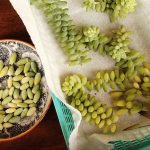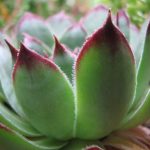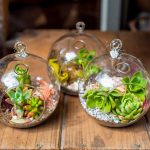The realm of growing succulents from seed is a complex one. We delve into the nuances of this process, presenting both advantages and drawbacks, along with guidance on how to navigate through it effectively!
Despite its cost-effectiveness, growing succulents from seed stands as a slow-paced endeavor. Succulents are inherently slow growers, meaning they require extended durations to sprout from seeds compared to cuttings. Keep in mind that the germination of some seeds may stretch over a year or more!
Succulent seeds demand precise environmental conditions for growth. Venturing into seed cultivation necessitates a commitment to providing meticulous care. In essence, opting for propagation through cuttings or offsets proves to be a more streamlined approach when compared to using seeds.
Nevertheless, recognizing the allure of the challenge drives many individuals to undertake the task. Embracing this spirit, we shall elaborate on the techniques involved in nurturing succulents and cacti from seeds until they blossom into fully developed plants!
Great Tools Available on Amazon for Starting Succulent Seeds:
- Hoffman Organic Succulent And Cactus Soil Mix
- Vivosun Seedling Heating Mat
- KORAM Seed Starting Trays With Domes
- Uineko Plastic Spray Bottle, 4pk
Preparing Your Succulent Seeds
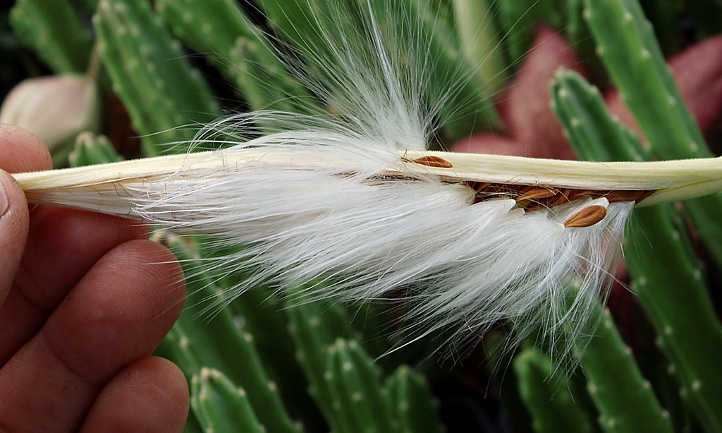

A variety of succulent and cactus seeds are commonly available from reputable seed suppliers. While numerous options exist, it’s essential to ascertain the credibility of your chosen vendor prior to making a purchase. In current times, confirming the reliability of the seed supplier is pivotal to avoid falling victim to fraudulent practices!
When selecting seeds, several factors warrant consideration. Firstly, assess your timetable against the germination period. Various species exhibit varying germination durations, requiring minimal daily attention throughout this phase. The typical germination timeframe can usually be found on the seed packet or product description.
If you plan to experiment with multiple succulent varieties, remember to segregate them into individual trays. Mixing seeds may lead to a scenario where fully developed plants coexist with seeds still in germination stages within the same tray.
Consider the post-growth care requirements of your selected succulent as well. This includes understanding the plant’s environmental preferences and compatibility with your local climatic conditions.
It’s important to acknowledge that succulents cultivated from seeds may not resemble the parent plant. Genetic variations in hybrids and cross-pollinated plants often contribute to this phenomenon. Growing from cuttings remains the most foolproof method for “cloning” a succulent.
Essential Supplies
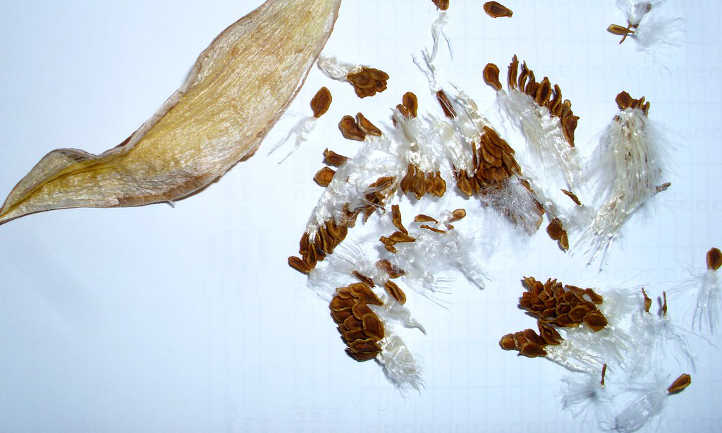

Seed tray – A few inches deep with adequate drainage holes, it can be sectioned or flat. You can purchase a seed tray or fashion one from a disposable food container (such as those for rotisserie chickens).
Well-draining soil medium – A blend of potting soil and a coarse substance like pumice or sand in equal parts is suitable. Pre-made succulent mixes are also a viable option.
Succulent Seeds – Ensure these are sourced from reputable outlets to maximize the probability of obtaining viable seeds.
Misting Bottle (optional) – An efficient tool for maintaining soil moisture without overdoing the watering.
Cultivating Succulents from Seeds
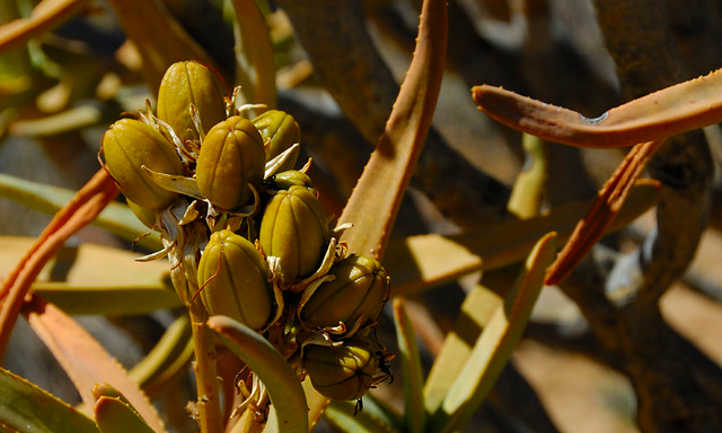

Prior to commencing the journey of growing succulents from seed, it is imperative to prepare the soil medium. Young succulents are exceptionally susceptible to bacteria; hence, utilizing new, store-bought potting soil is essential. Alternatively, if fresh soil isn’t available, heat your soil in an oven-safe container at 300°F for a minimum of 30 minutes to eliminate any microbial presence.
Moisten the soil medium and transfer it to the seed tray. Since succulent seeds can be minuscule, maintaining vigilance is crucial. Keep your work area and hands clean to prevent the loss of tiny seeds due to dirt or debris.
Handling minute seeds can be challenging. One method is to collect a cluster on your fingertip and gently disperse them over the soil. Alternatively, using a misting bottle to maintain optimal soil moisture without excessive watering is recommended.
Taking care of succulent seeds can be a delicate task. It is recommended to use a q-tip or a popsicle stick to handle them, especially the larger ones.
Ensure that the succulent seeds are carefully spaced apart to avoid overcrowding once the rosettes begin to form. There is no need to bury them deeply, simply scatter them evenly over the soil and gently press down.
After planting, the seeds require proper germination. This phase involves the seeds absorbing moisture, causing them to expand and the embryonic plant inside to start growing. With adequate light and water, the embryonic plant will develop roots and stems over time.
To maintain the right level of moisture, water the seeds from below. Placing the seedling tray in a larger tray filled with water allows the soil to absorb moisture through its drainage holes. This method helps to keep the soil consistently moist without risking seed displacement.
If watering from below isn’t applicable, misting the seeds with a spray bottle can be an alternative approach.
To create a suitable environment for germination, cover the seed tray with a clear dome to maintain humidity and prevent evaporation. To promote airflow, it’s advisable to perforate the dome. This covering is optional and should only be used during the germination period.
For optimal growth, succulent seeds require bright, indirect light. Placing the seed tray near a well-lit window is advisable, ensuring the temperature remains warm and stable throughout.
In cooler environments, a heating mat can be utilized to maintain the necessary warmth for seed germination.
As the baby rosettes or stems emerge from the soil, maintain consistent soil and light conditions, while gradually reducing watering frequency. Transition to mature plant care guidelines once the roots are fully established.
Resist the urge to transplant baby succulents too early. Wait until they are fully mature or have outgrown the seedling tray to ensure successful transplantation. Strong root systems improve their chances of survival in new environments.
Once the succulents are transplanted into their permanent homes, it is crucial to provide them with proper care and attention. Learn about the specific succulents you have grown to ensure their well-being and longevity.
Embark on this rewarding journey of growing succulents from seed, following these guidelines for a successful outcome.



